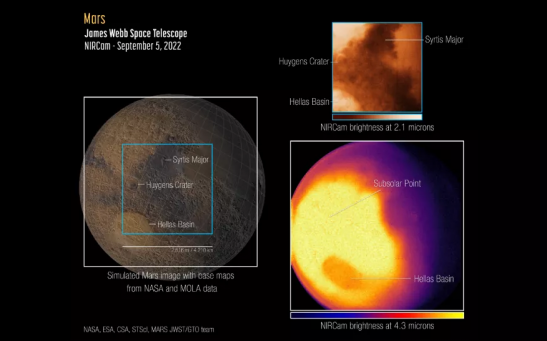planets
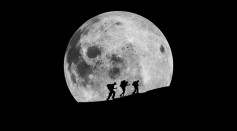
Does The Moon's Light Emit For Earth? Study Explains The Reflection of Light From Sun and Moon
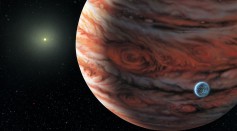
Surprising Discovery on Jupiter: Scientists Find Remnants of Baby Planets Swallowed by the Gas Giant
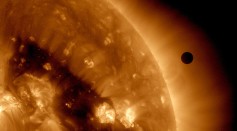
Life on Venus Not True, New Study Debunks Long-Held Belief of Astronomers Saying There’s Signs of Life
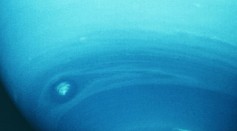
Uranus and Neptune: These 2 Planets May Have Many Similarities But They Differ in Color; Here’s Why
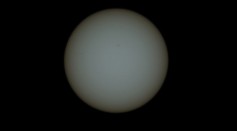
What Could be Hiding on Earth? Scientists Unlock the Mysteries of Mercury, Aubrite Meteorites
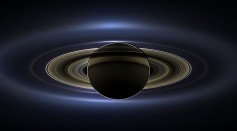
Saturn’s Rings Are Vanishing! But Not Now, They Are Disappearing Slowly in 300 Million Years

Should NASA Go Back to Pluto? Here’s What We Need To Know About the Persephone Mission Concept
Planets, Sun, Moon, Asteroids Orbiting on the Same Plane; Reason for Such, Explored From 4.5 Billion Years Ago
Drastically Shrinking Planets Offer Hints Behind Mystery of Missing Worlds
Oxygen False Positives: Study Shows Ways to Get Oxygen in Lifeless Atmosphere
Dazzling Auroras on Jupiter? New Study Tries to Explain Phenomenon
Uranus First-Ever X-Ray Emission Detected, Scientists Studying Its Origin
Two Backwards-Spinning Planets Spotted
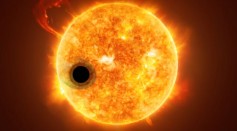
“Cotton-Candy” Exoplanet WASP-107b Apparently Has Less Core Mass Than Previously Thought
Most Popular

How Technology Is Changing the Real Estate Industry?

How a Plant-Based Diet Can Protect Against Breast Cancer: Insights from Nutrition Research

Study Reveals High Turnover in Scientific Research Careers: What This Means for Future Scientists

Why It's So Difficult to Lose Weight: The Biological Explanation Behind Obesity

